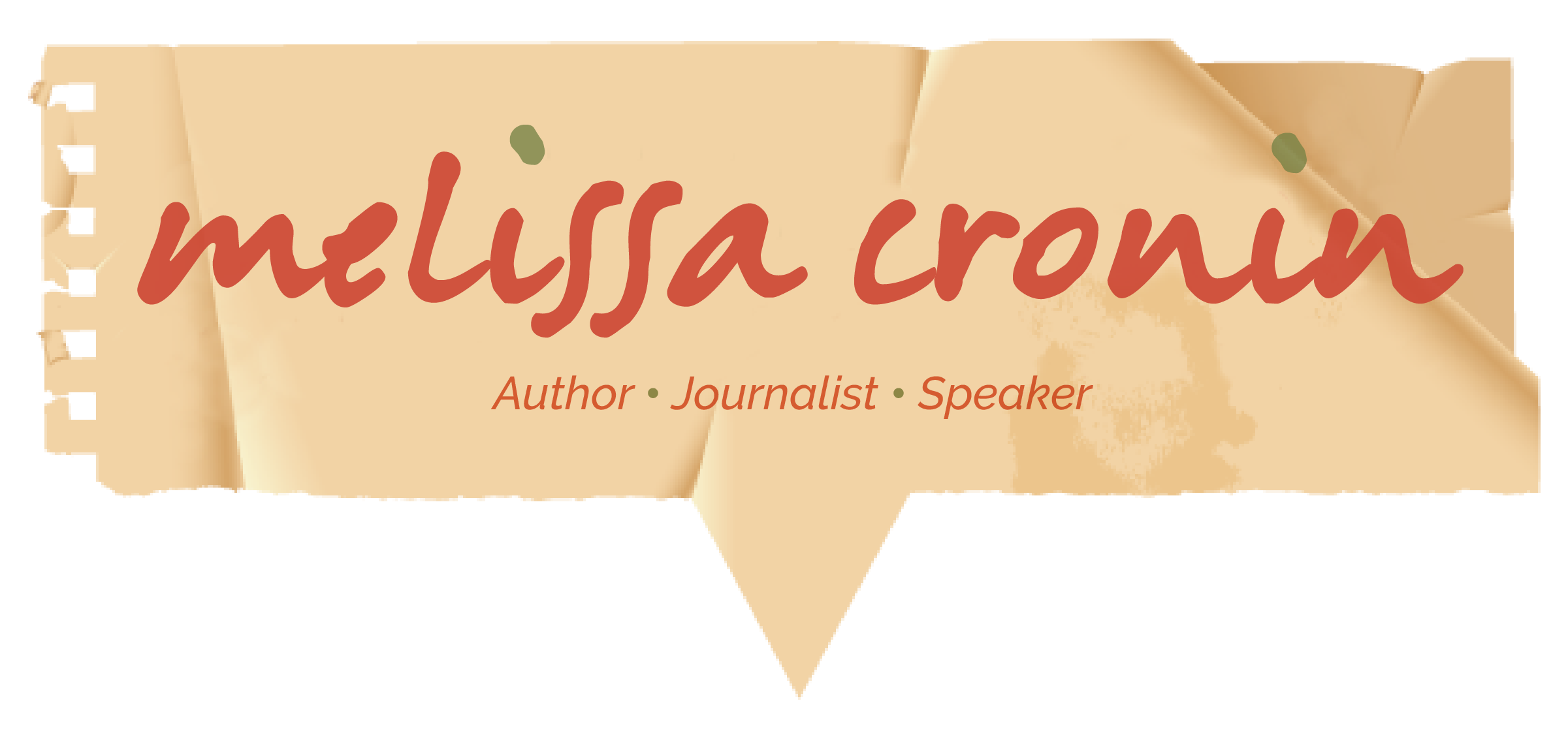“Fix Your Gut, Fix Your Brain”

Just when you think you might know all there is to know about how to heal your brain after a traumatic head injury (or how to prevent your brain from a dementia downslide), there’s more. Last week, during Vermont’s 30th Brain Injury Association Conference, I sat in awe of how much I didn’t know when Chiropractor, Wellness Expert, and Clinical Director of Vizuri Health Center Dr. Bill Schenck spoke about the relationship between the gut and the brain. In his presentation, “Fix Your Gut, Fix Your Brain,” he could not have underscored more the three fundamental things that can been done to fix your brain. Exercise. Sleep. Healthy foods. While the first two do not directly relate to the gut, they do impact the functioning of the brain.
So, where to start?
Move. Exercise helps the body heal itself. It increases nerve growth in the brain, makes new connections between neurons, and forms new arteries. The more we move, “burn, pant, and sweat,” as Dr. Schenck says, the more human growth hormone we produce, which promotes cell replication stabilizes blood sugar, and maintains testosterone (good for male and females). Moving the spine alone is responsible for 90% of stimulation to the spine, he says. If you’re like me, and are inclined at times to choose the computer over the elliptical, remember, sitting is the new smoking.
Sleep: Damage to neurons do not recover from loss of sleep, meaning less than seven hours a night. Most of us need between 7-9 hours. And the last two hours are the most crucial: that’s when toxins are cleared from the brain, namely tau proteins, proteins associated with Alzheimer’s. So, as much as you you say you’re all good with five, six, hours of sleep, your brain is not as happy as you might think.
Healthy Foods:
Because there’s no harm in repetition (right?), I’ll start with what Dr. Schneck told us, which we’ve all heard a million times over: Eat a rainbow of veggies and fruits. Everyday. If the name of the fruit ends in berry, it’s good for you (thank you Dr. Schenck for that one!) I know, this makes me sound like an advertisement, but, hey, so what: “Eat More Kale.” And don’t forget avocado. (Is avocado a fruit or a vegetable? I can never remember.)
If possible, eat foods that are fresh, organic, local, and non-GMO. Again, what we’ve heard a million times over: Avoid foods with a high glycemic index (a ranking of carbohydrates in foods and how they affect glucose levels), like all things white (white bread, white rice, white potatoes, white pasta, you get the idea). But certain white foods are okay. Cauliflower, coconut, and one I never would have thought of: Daikon radish – Dr. Schenck says it’s alkalizing, and from what I learned in nursing school light-years ago, our bodies are happiest when in the middle, not too acidic, not too alkaline. An acidic environment is a recipe for illness and chronic disease. If you can’t bear to give up potatoes, the good news is this: sweet potatoes are on the good list, so too are Yukon gold.
Of course, we also need protein. The best source comes from wild caught salmon. Not the farm-raised stuff that’s injected with dye and makes the salmon look like a pink Crayola crayon. East coast salmon is most likely farm-raised, so its’ best to go with Alaskan. It just so happens to be the season for Alaskan salmon, so now’s the time to stock up. Make sure you avoid fish high up on the food chain: the higher up, the more mercury – not at all good for the brain. If you’re an uncompromising carnivore, make sure what you put in your gut is local and grass fed. The same goes for eggs. Grain fed meats, eggs, grain fed anything, cause chronic inflammation in the body.
When Dr. Schenck talked about oils, I sat up a bit straighter in my chair (I thought I was doing such a good job using only good oils.) I’ve been smearing Earth Balance on my toast for years, and when he mentioned safflower and canola oils as being toxic, I thought, yikes, both are among the first ingredients in the yummy, buttery spread I’ve come to love. Soy, which is 95% GMO, is a no-no too (also in some Earth Balance products). And corn, as in Mazola. These toxic oils, which have too much omega 6, also cause inflammation in the body. Corn alone can lead to “leaky gut.” So what oils are on the yes list? Fish oil ranks at the top. For a healthy brain, we need DHA, so the more DHA from fish oils the better. The best source comes from squid. (Sorry, fried calamari doesn’t count. All fried food is on the no-no list; yes, even french fries, unless they’re baked, and made from sweet potatoes, or Yukon Gold.) Added sugar too is a no-no, so is alcohol (Though, I’m thinking one glass of red wine in the evening has to be okay. Doesn’t it count as a fruit? It’s made from grapes. Yes, that’s a fruit.)
Probiotics:
Try Kombucha, the fermented drink that’s gluten-free, vegan, helps with digestion, boosts your immune system, and wards off high blood pressure and heart disease. (Who knows, it might even heal your stubbed toe or mosquito bite or lazy eye – I’m a hard-core Kombucha drinker, and I’ve seen no results for the latter.)
Kimchee (my palate is still struggling with this), sauerkraut, tempeh, too are all good sources of probiotics.
Oh, one more thing on the no-no list I almost forgot to share from Dr. Schenck: Avoid toxic people.
* Remember: I am not a nutritionist, dietician, medical doctor, exercise physiologist, sleep specialist, or wellness expert. I am a nurse turned writer who is living as whole a life as possible with a brain injury, and is interested in helping others struggling with a TBI.
(For information about how certain vitamins, such as vitamin D and omega 3, help heal a TBI, please see earlier postings on my website.)
Happy Healing!

Recent Comments